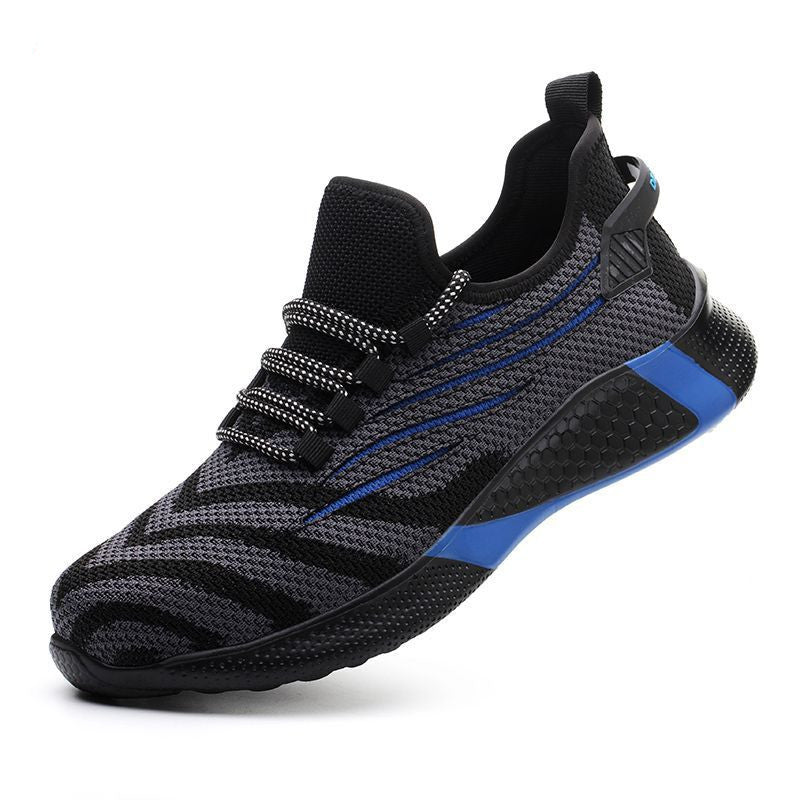
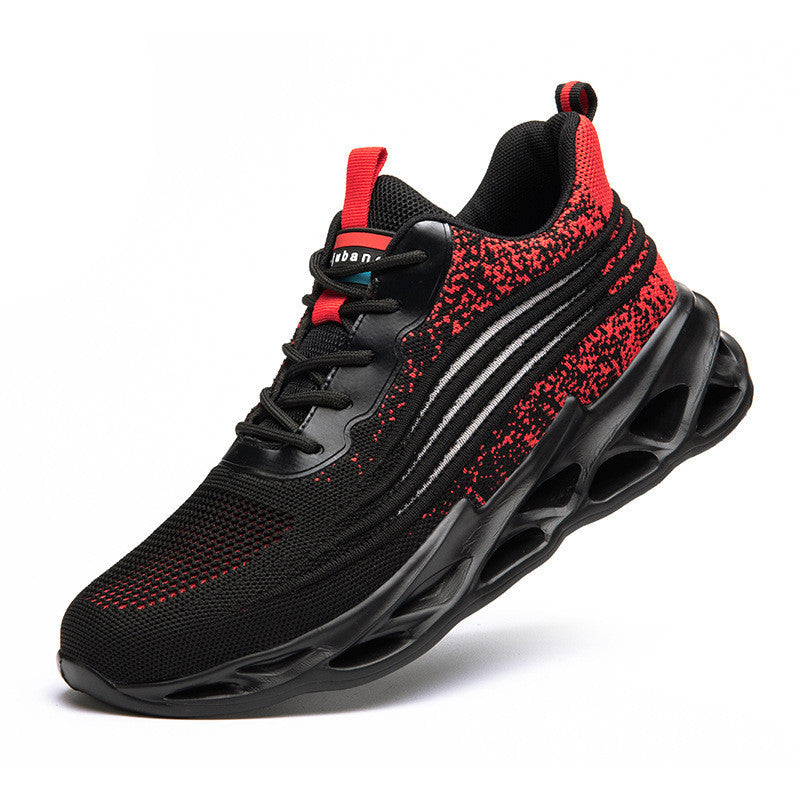

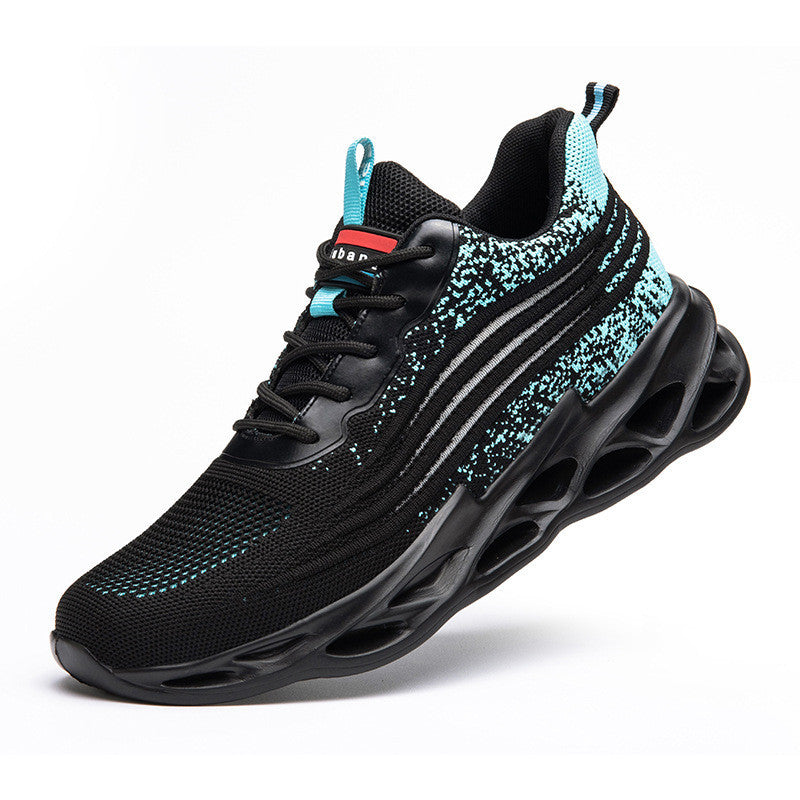
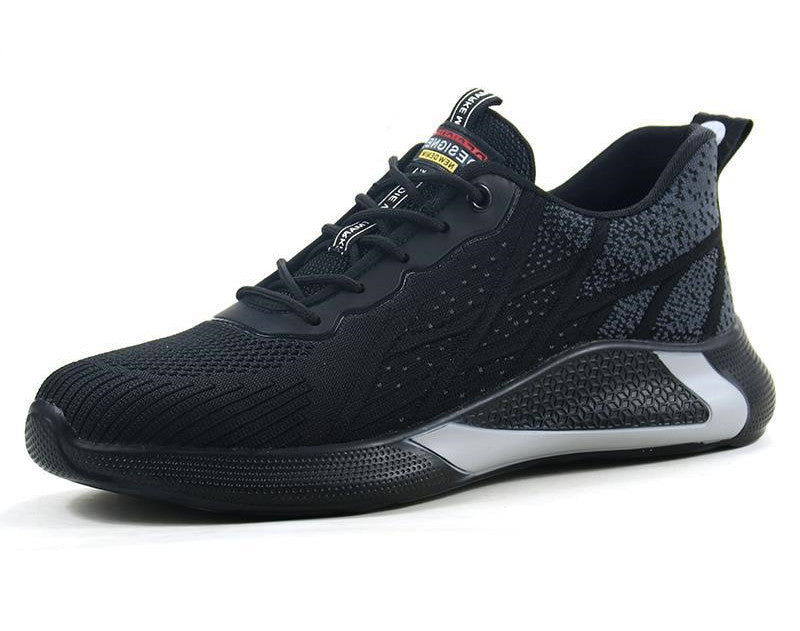
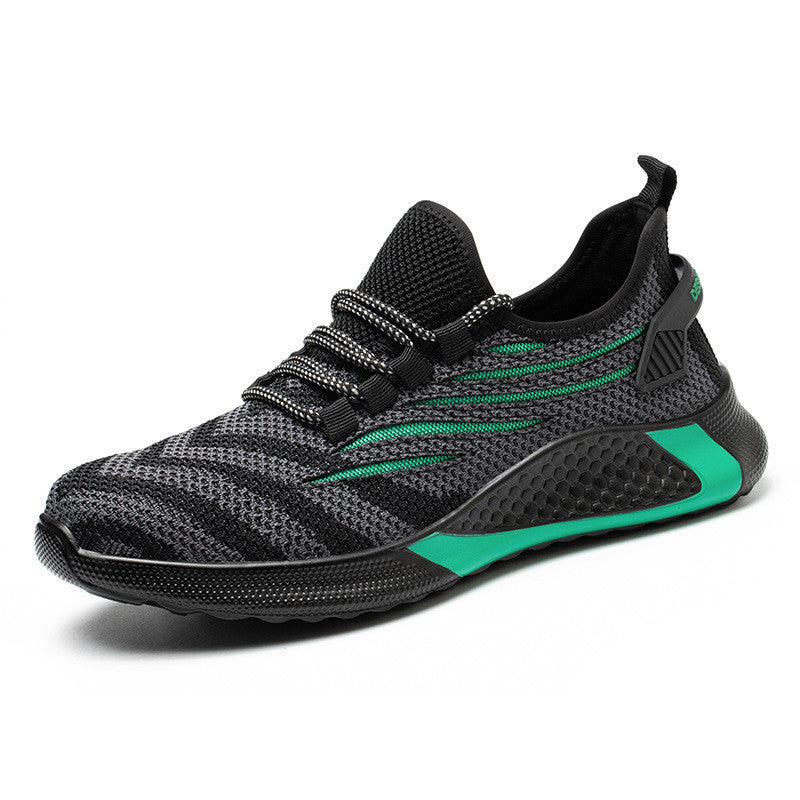
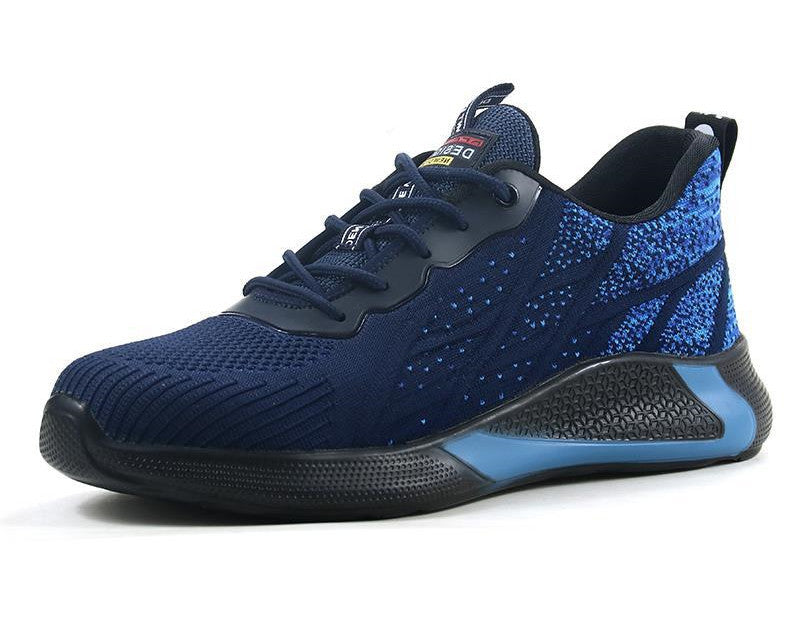
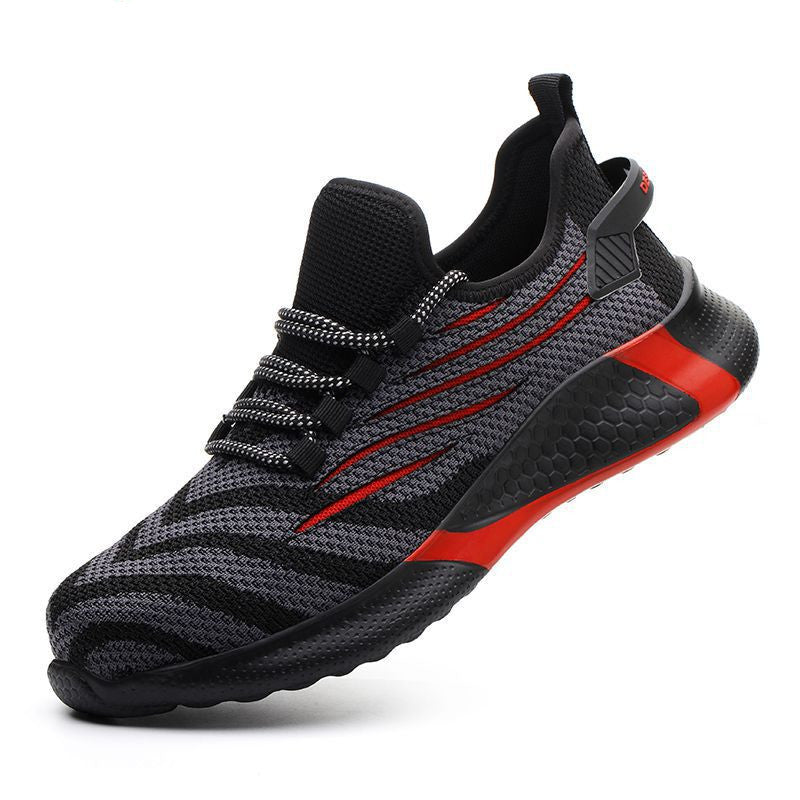
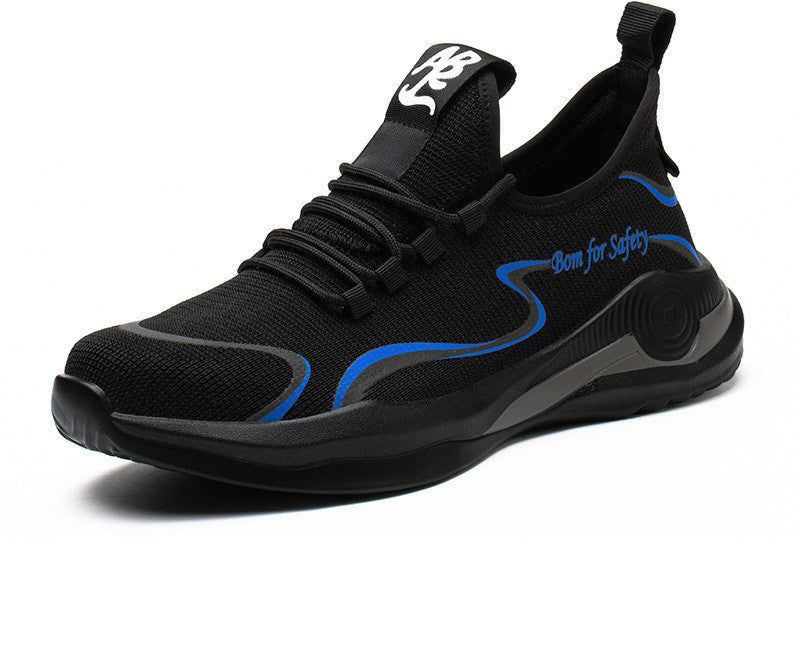
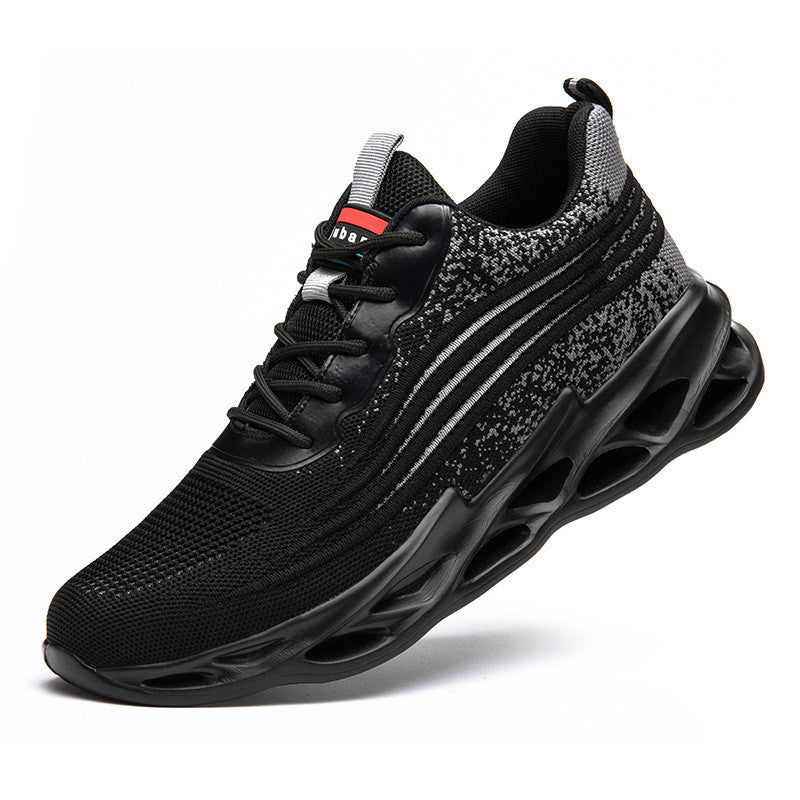
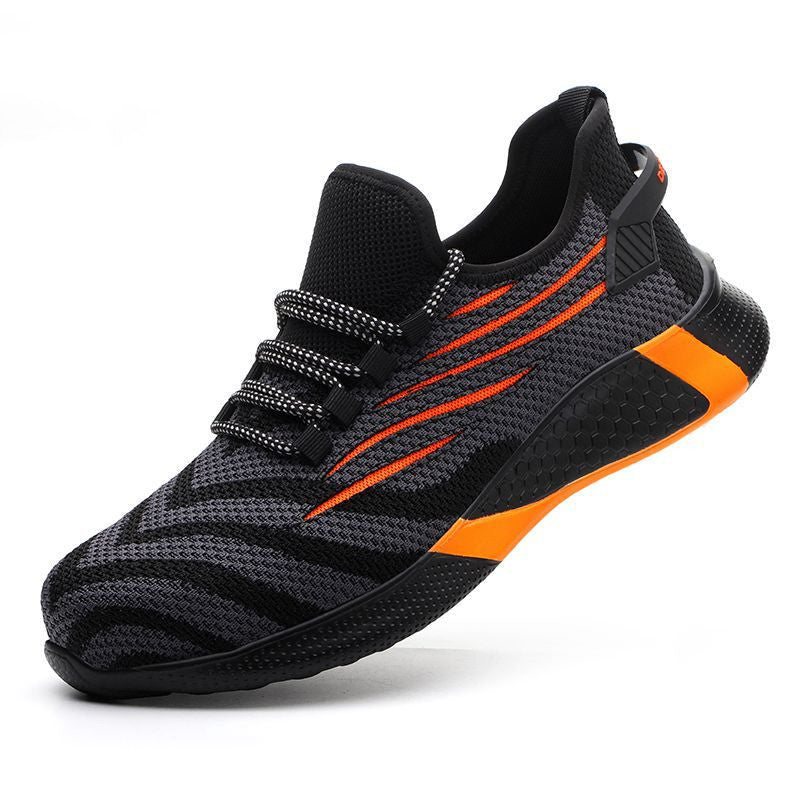
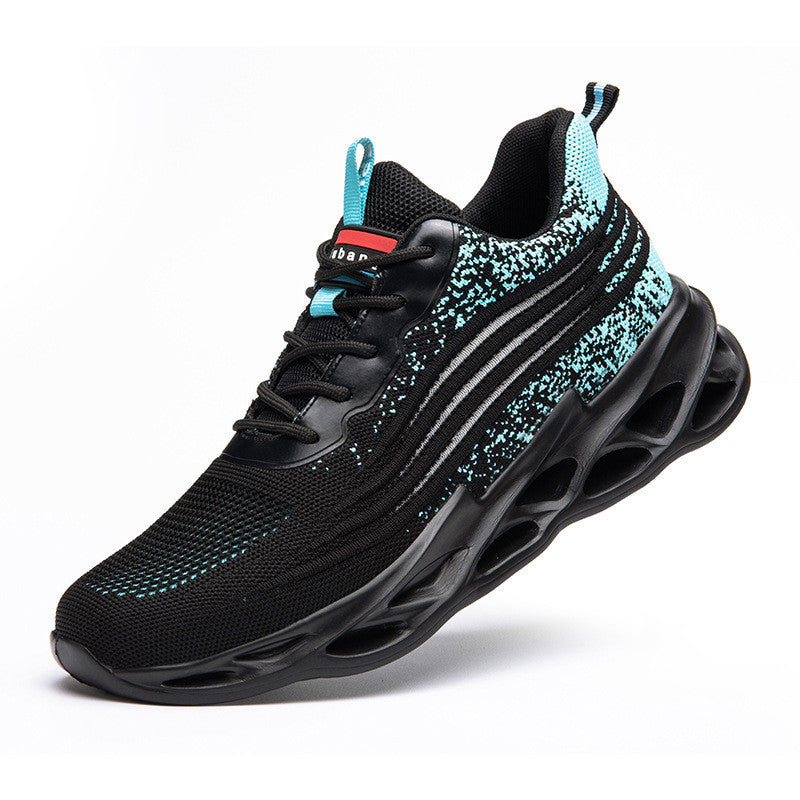
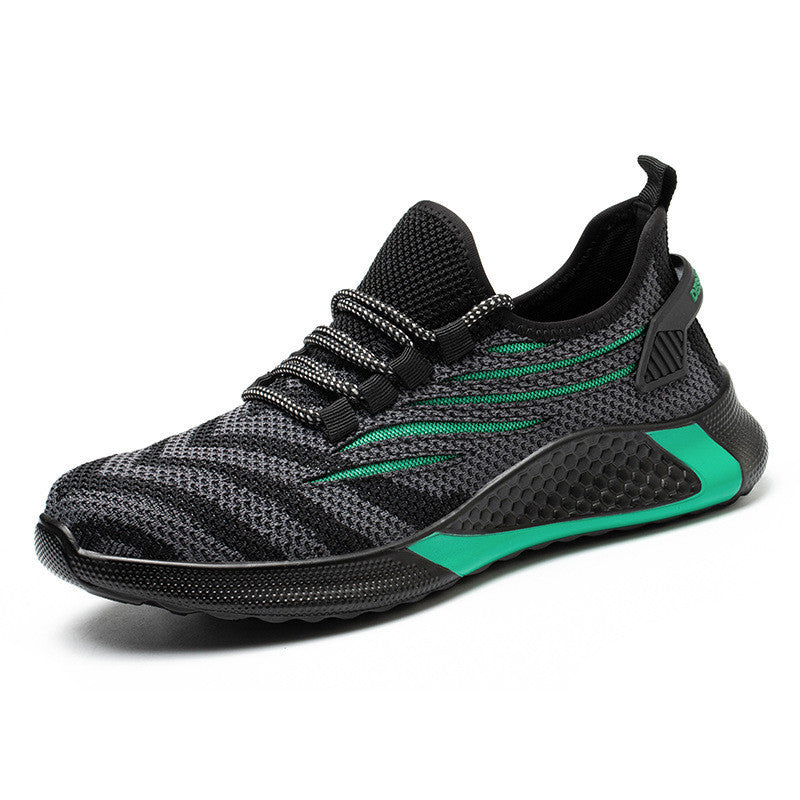

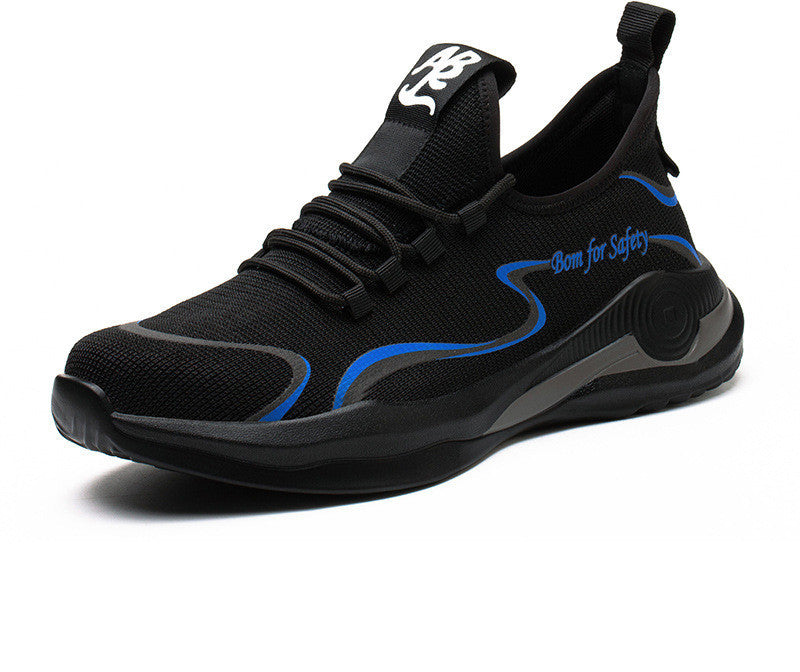
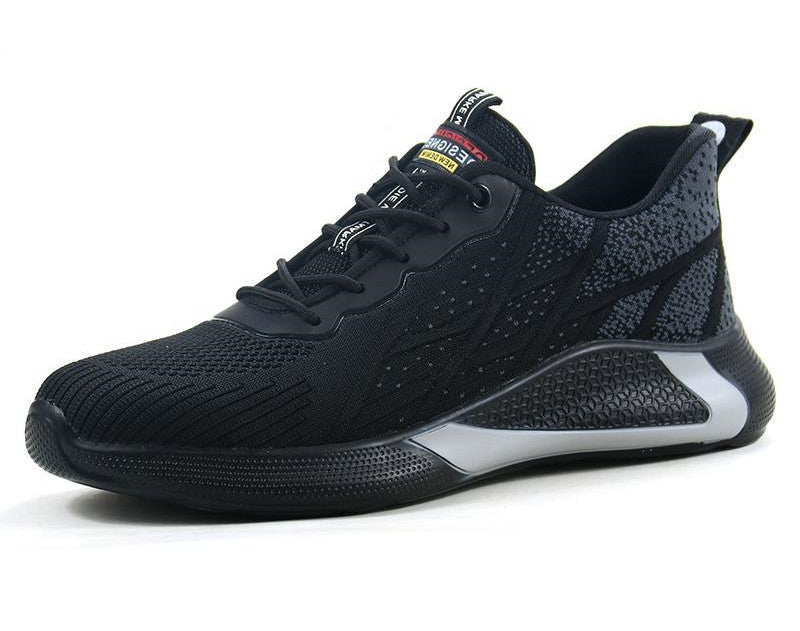
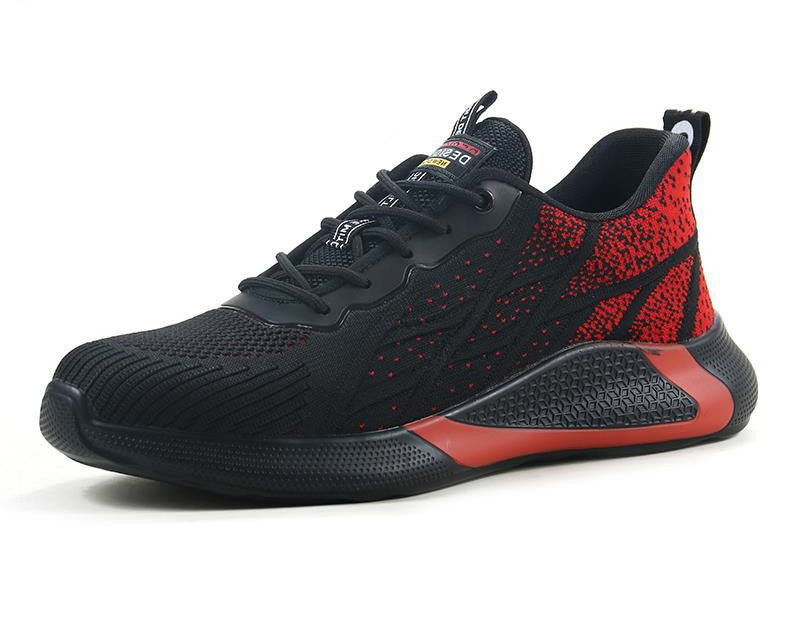
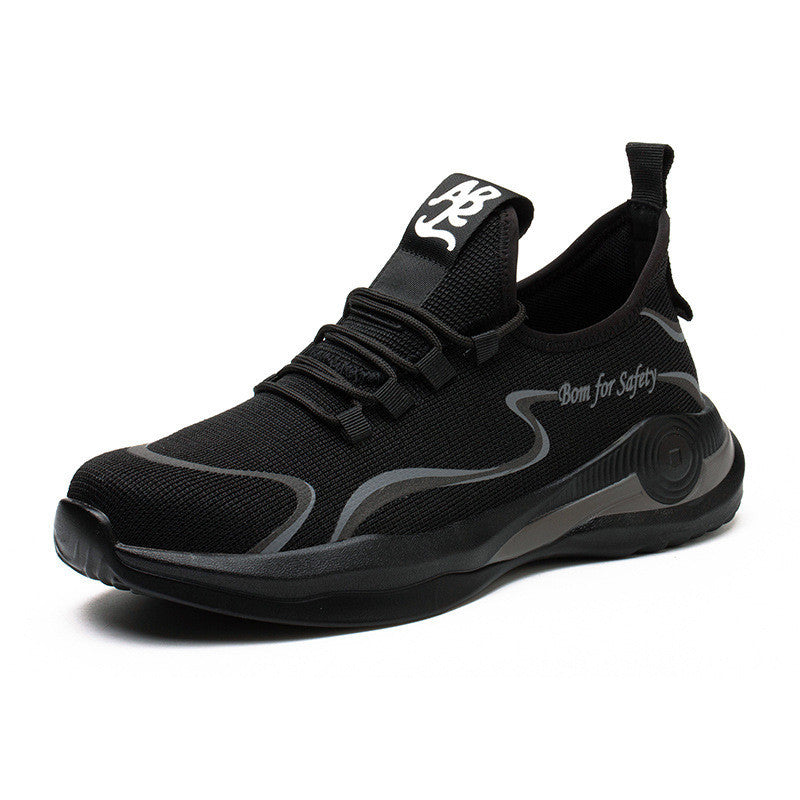
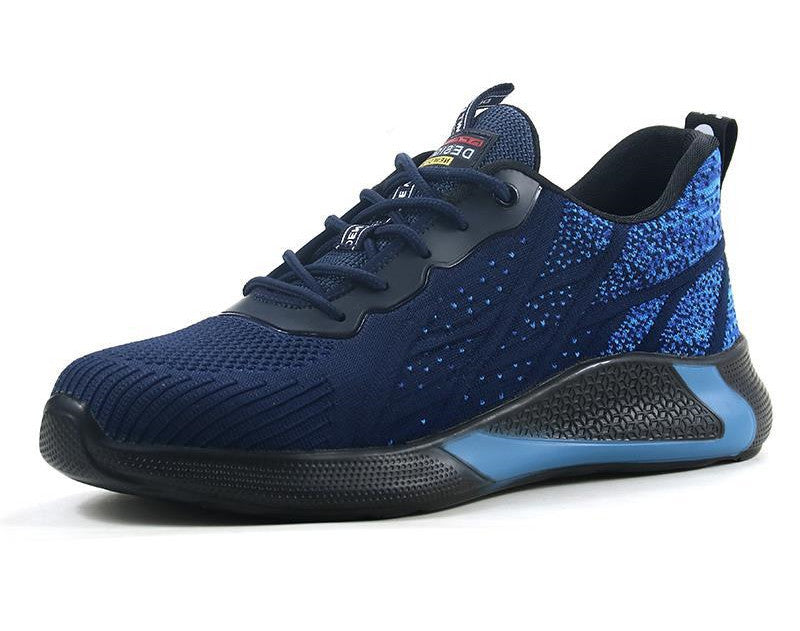
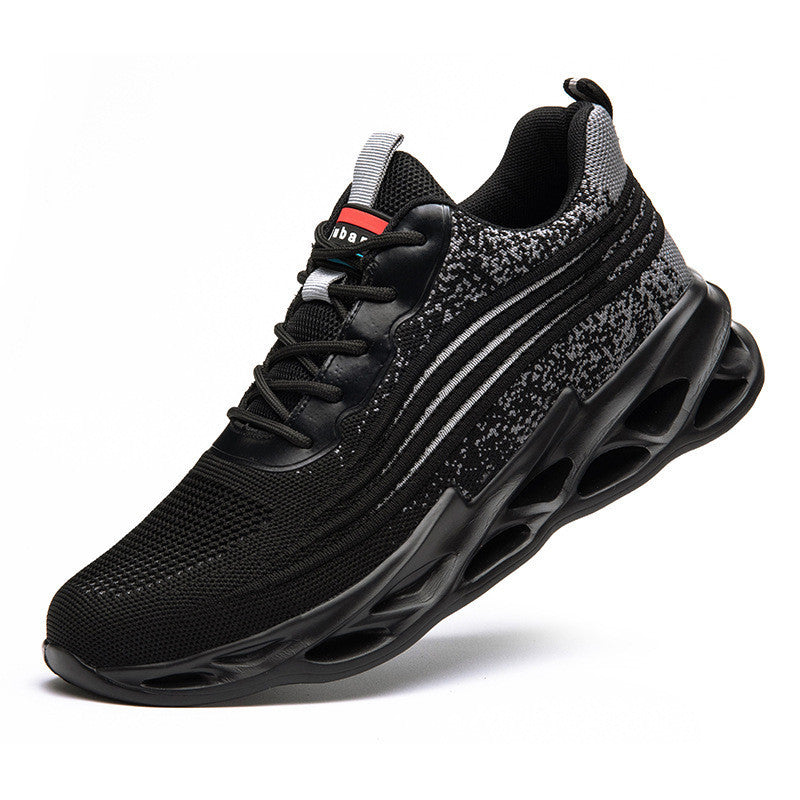
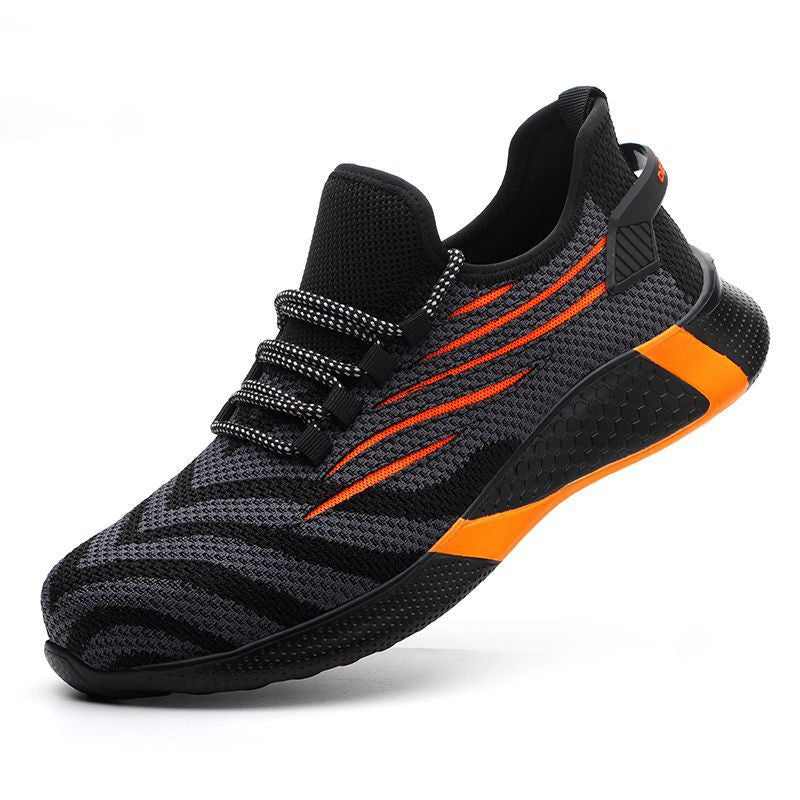
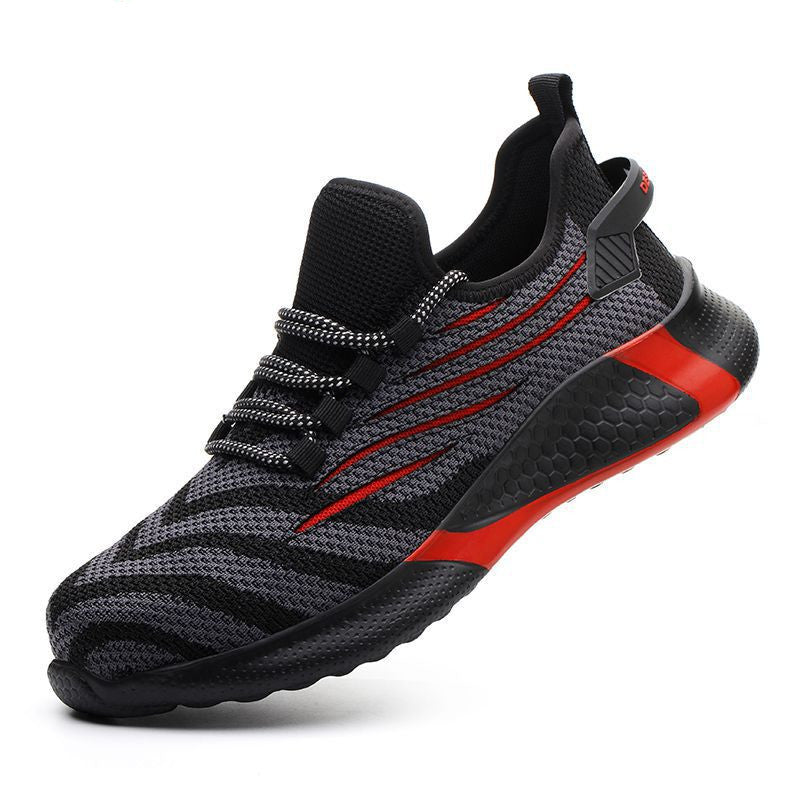
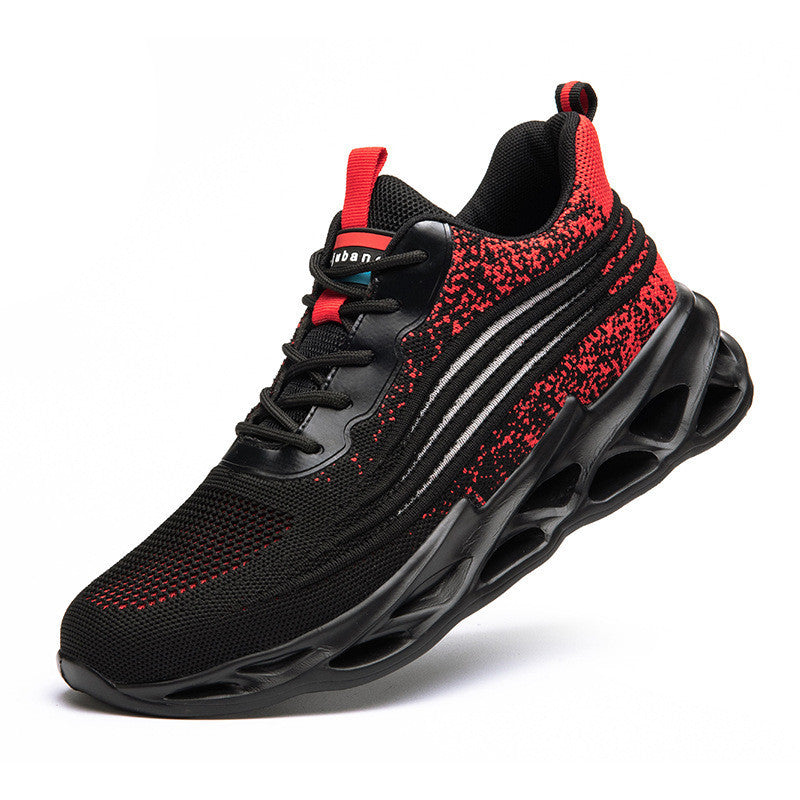
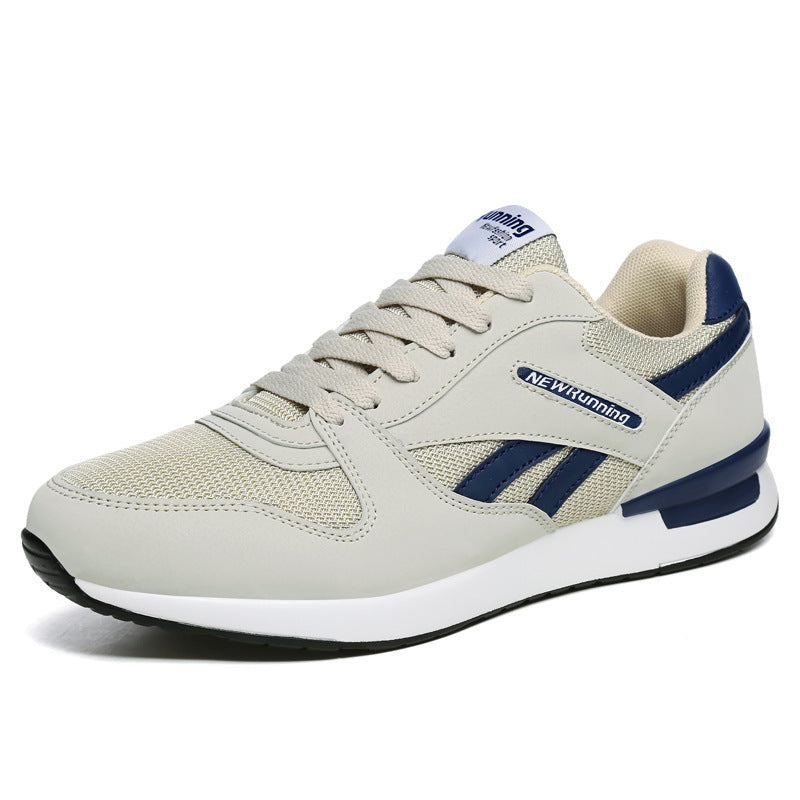
Tips on Foot Size
What you’ll need
-
A sheet of paper larger than your foot
-
A pencil or pen
-
A ruler or measuring tape
-
Socks you’d normally wear with the shoes (optional, but recommended)
1. Prepare Your Foot and Paper
-
Place the paper on a hard, flat floor (not carpet).
-
Stand on the paper with your weight evenly distributed. Stand rather than sit—your foot spreads more under weight.
2. Trace Your Foot
-
Holding the pencil upright (not angled), trace all the way around your foot.
-
Keep the pencil close to your foot to avoid adding extra width to the outline.
-
Do this for both feet—many people have one foot slightly larger.
3. Measure the Length
-
Using a ruler, measure from the tip of your longest toe to the very back of your heel on the outline.
-
Write the measurement in centimeters or inches.
4. Measure the Width (optional but useful)
-
Measure the widest part of your foot (usually across the ball of the foot).
-
This can help determine if you need narrow, regular, or wide-fit shoes.
5. Compare to a Size Chart
-
Always go with the measurement of your larger foot.
-
Enter your measurement in the Shoe Size Calculator.
Extra Tips
-
Measure in the afternoon or evening—feet tend to swell slightly during the day.
-
If your measurement falls between sizes, most people prefer going to the next size up for comfort.











